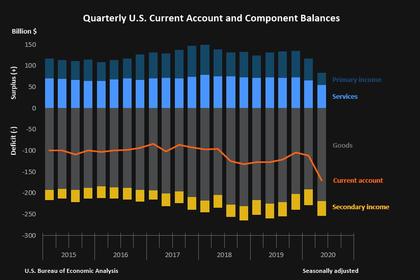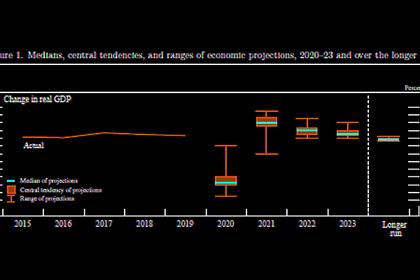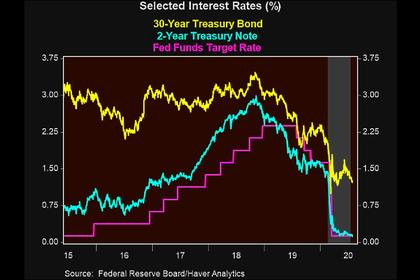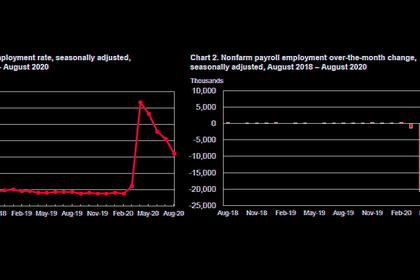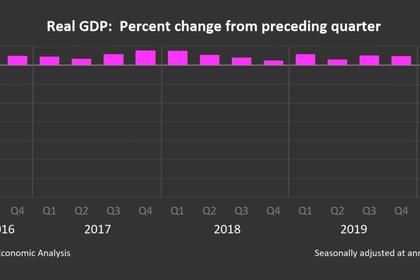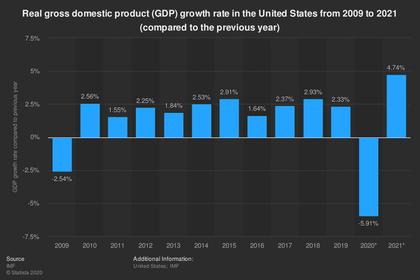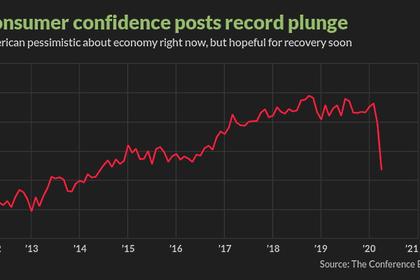
U.S. DEBT WILL TWICE
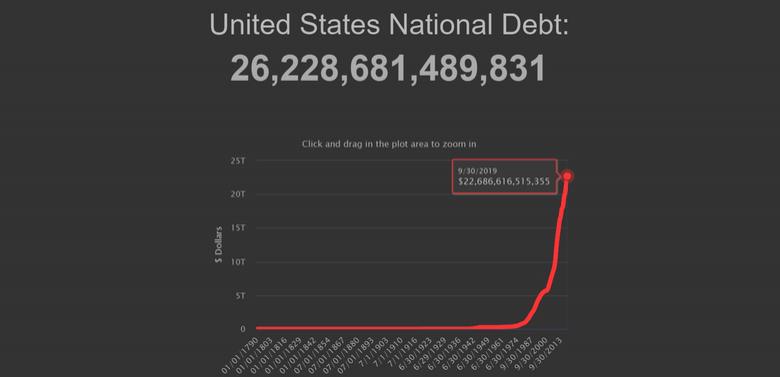
REUTERS - SEPTEMBER 22, 2020 - The coronavirus pandemic will darken the U.S. long-term fiscal outlook for decades to come, the Congressional Budget Office said on Monday, releasing new forecasts that show federal government debt in 2050 will be nearly twice U.S. economic output.
Without changes to tax and spending laws, the federal debt held by the public will reach 195% of GDP by 2050, the CBO said in its long-term budget outlook - a level approaching the current debt ratios of Japan and Greece.
The non-partisan congressional budget referee said its outlook had deteriorated significantly from a year ago, when it projected U.S. public debt in 2049 would be 144% of GDP. CBO projects federal debt at 98% by the end of 2020, compared with 79% in 2019 and 35% in 2007 before a major financial crisis.
The debt is being propelled by higher U.S. annual budget deficits driven by a slow recovery from a deep pandemic recession, higher interest costs to finance those deficits, and long-anticipated spending growth associated with an aging population on healthcare programs and Social Security.
CBO projects the 2020 deficit reaching 16% of GDP - the highest since the end of World War Two in 1945. While the share will fall for several years, it will begin rising sharply again by 2028.
By 2050, the annual deficit is projected at 12.6% of GDP as revenue growth falls far behind spending growth, CBO said.
The debt swells considerably after 2030, when the CBO assumes that interest rates rise significantly from historically low levels. The projections assume that the average real interest rate on benchmark 10-year Treasury notes would be 0.9% through 2030, then rise steadily, reaching 2.5% in 2050.
CBO director Philip Swagel said that the long-term U.S. fiscal path is unsustainable, putting long-term confidence in the dollar at risk.
"There is no set tipping point at which a fiscal crisis becomes likely or imminent, nor is there an identifiable point at which interest costs as a percentage of GDP become unsustainable," Swagel said in a statement. "But as the debt grows, the risks become greater."
-----
Earlier:
